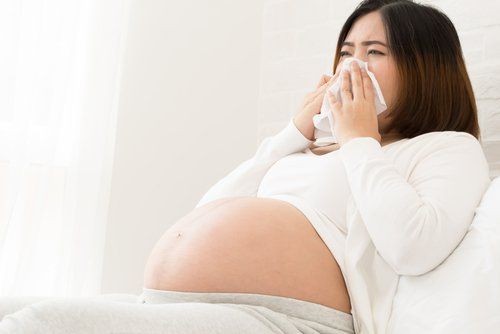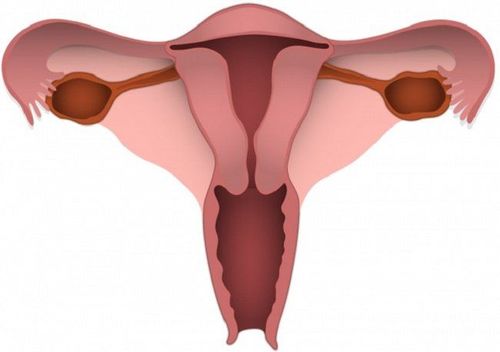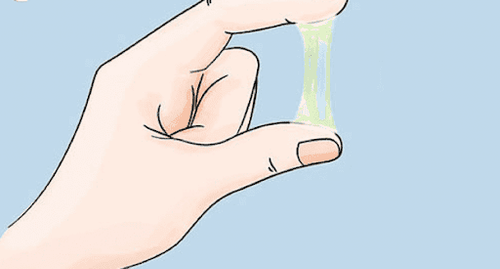When a cesarean section (C-section or cesarean birth) is necessary, mothers often wonder how many times they can give birth via C-section and what the recommended interval between cesarean deliveries is, to ensure the safety and health of both the mother and the baby. DR Bach Cam An, Head of the Obstetrics Department at Vinmec Ha Long International General Hospital, with over 40 years of experience in obstetrics, provides answers to this question in the article below.
Question: Hello, doctor. I am 26 years old, 39 weeks pregnant, and preparing for childbirth. My doctor has advised me to have a cesarean section due to high blood pressure. This is my first child. I’ve heard that after having a cesarean, subsequent births must also be cesareans. My family wants to have more children, so I would like to ask: how many cesarean sections can I have at most?
(Ms Nguyen Minh Chau, Ha Long city, Quang Ninh)
Answer: Hello, your question is a concern for many mothers, as statistics show that around 40-60% of women give birth via C-section. To answer the question, “How many times can a woman have a C-section?”, it is important for mothers to first understand the pros and cons of having a C-section.
1. Advantages of Cesarean Section
From an obstetric perspective, C- section is the optimal method to reduce the risk of complications, ensuring the safety of both the mother and the baby, especially if the mother faces certain abnormalities such as cardiovascular diseases, pregnancy complications, an overly large baby, or fetal distress during labor.
A C-section is a procedure in which a local anesthetic is injected into the spinal cord or epidural space to numb the mother, eliminating the pain during labor. As a result, the mother does not have to endure long hours of labor pain. While a natural birth can last for several hours, a C-section typically takes about 30-45 minutes.
In cases where the mother has health issues during pregnancy, such as ovarian cysts or uterine fibroids, cesarean delivery can also help remove or address these conditions, depending on the situation.
In some cases, the planned C-section, with thorough preparation, ensures that the procedure is safer.

2. Disadvantages of Cesarean Section
The anesthetics used during the cesarean surgery can have several side effects, such as affecting the quality of breast milk, causing a drop in blood pressure, or triggering allergic reactions.
After a C-section, the mother’s recovery process is usually longer and more painful compared to a vaginal birth.
If the surgical wound is not properly cleaned and cared for, there is a risk of infection, bladder inflammation, or the placenta attaching to the prior cesarean scar in subsequent pregnancies. Specifically, if the next pregnancy occurs less than 2 years after the previous cesarean, there is a higher risk of the incision tearing. The more C-sections a woman has, the higher the risk of complications, especially the implantation of the pregnancy at the scar site, leading to poor scarring and more difficult surgeries.
Since the body has not fully recovered, it may take several days after a cesarean before the mother’s breasts start producing milk.
In a cesarean birth, the baby does not have contact with the mother’s vaginal microbiome, which means the baby’s immune system may be weaker as a result.
There is a higher chance of pregnancy complications in subsequent pregnancies compared to those who have a vaginal birth.
A mother who has had a C-section will need to continue with cesarean deliveries in future pregnancies
The rate of respiratory distress in babies born via cesarean is higher compared to those born through vaginal delivery.
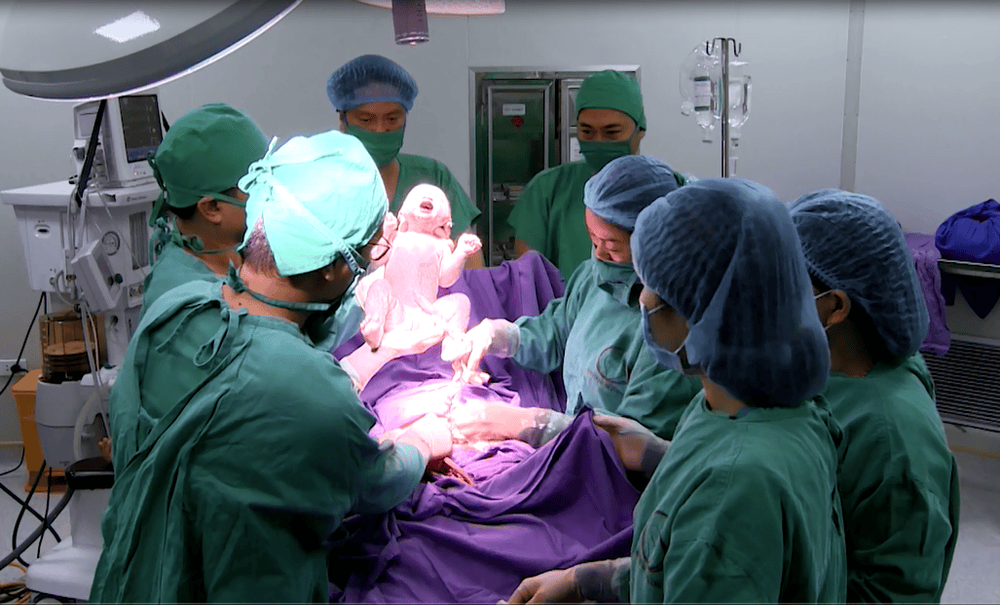
3. When is a C-section recommended ?
Due to the disadvantages of C-section mentioned above, it is generally recommended that a mother should only have a C-section in certain necessary situations, such as:
- The mother is carrying twins or multiple babies
- There are pregnancy complications such as placenta previa (the placenta implants in the lower part of the uterus), placental abruption (placenta separates before labor), preeclampsia (is new onset or worsening of existing hypertension with proteinuria after 20 weeks gestation), fetal distress, umbilical cord prolapse, ...
- The mother has had a previous cesarean section
- The mother has infections, kidney disease, high blood pressure, gestational diabetes, fibroids, ovarian cysts, …
- The baby is too large for a vaginal delivery
- The baby has congenital abnormalities
- The baby’s position is not ideal (breech or too high)
- Preterm labor
- The mother has a small or narrow pelvic structure
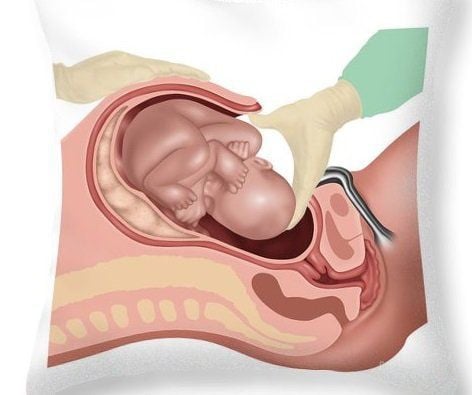
4. How many times can a C-section be performed at most?
Once you have had a C-section for your first child, if you are healthy and there were no complications with the previous C-section, it is generally recommended that you should only have a maximum of two cesarean deliveries. This is to protect the mother’s health, as the uterus can be more damaged and harder to recover after a C-section becomes a significant weakness on the uterine wall. The more cesarean deliveries you have, the higher the risk of complications during subsequent pregnancies and deliveries. Potential complications include: placenta previa, placental abruption, placenta accreta, uterine rupture,... and postpartum (afterbirth) issues such as uterine adhesions (an acquired condition where scar tissue form inside your uterus), pain at the incision site, and scarring that can cause internal organs, particularly the bladder. These risks can directly affect the mother’s life.
Therefore, doctors recommend limiting cesarean deliveries to a maximum of two. It is also advised that mothers wait at least two years before becoming pregnant again after a C-section, to allow sufficient time for the incision to fully heal.
In some cases, many mothers still opt for a third or fourth C-section. However, having a third or fourth cesarean can pose significant risks to both the mother and the baby. It is important to consider how many children you wish to have, in order to ensure a safe future for both you, your baby, and your family.
Understanding the fear and pain associated with childbirth, Vinmec offers a comprehensive maternity package with a “pain-free delivery” service, using techniques such as epidural anesthesia without morphine and pudendal nerve block. Throughout the labor process, the mother will be guided by midwives on how to push and breathe correctly, ensuring the baby is born within 10-15 minutes. After birth, the baby will be cared for in a sterile room before being reunited with the mother.
The mother will rest in a high-end hospital room designed to international hotel standards, with one mother per room equipped with modern amenities, a spacious, comfortable environment that feels like home. Before discharge, the mother will receive nutritional guidance on how to care for the baby from nutrition experts. Postpartum check-ups will be scheduled for both mother and baby with leading Obstetricians and Pediatricians.
To arrange an appointment, please call HOTLINE or make your reservation directly HERE. You may also download the MyVinmec app to schedule appointments faster and manage your reservations more conveniently.





